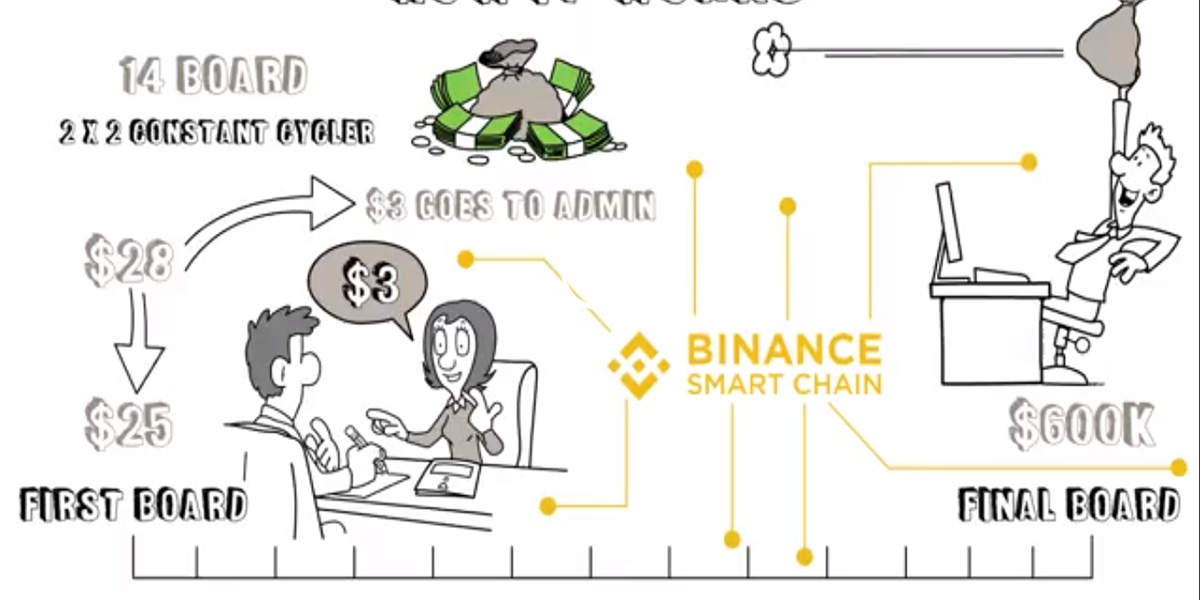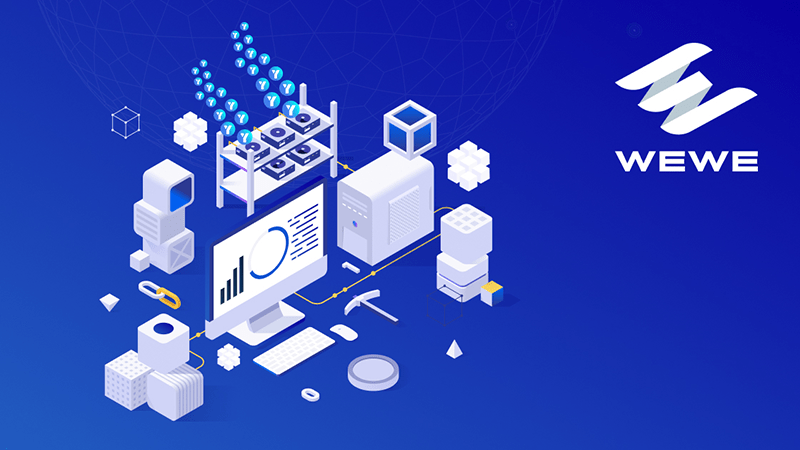Blog
Categories
Latest Posts

The People’s Project has been created for literally everyone, from every corner of the globe reaches their goals and dreams; no matter how much money is in your pocket currently. The People’s Project has been designed to provide everyone the opportunity to accomplish the following: 1. By participating in our amazing community, and following the simple steps detailed in the videos below; you will be tapping into an incredibly powerful crowd-funding model unlike anything you may have seen before. It is a simple pay it forward, proven plan that was designed to give everyone the ability to fund any size goal, no matter how big or how small. 2. By learning and taking the incredibly simple steps we’re about to show you, you’ll be part of movement; part of a group of like-minded people all working as one, helping each other achieve the lives we all desire and deserve. 3. Remember, there are nearly 8 billion of us here on Earth, a majority of whom may never have access to the financial resources they need to build their dreams into reality- if it weren’t for YOU- learning and implementing the simple process we have in place. We’re here to help as many people live the lives we all truly desire from all walks of life. The People’s Project is also for those of us who have gotten hurt in various “programs” schemes and scams, designed to extract as much of our hard-earned money as possible with no regard to the hardships they inflict in people’s lives. We are sick and tired seeing people getting hurt financially over and over. The People’s Project does not have the ability to hurt anyone financially and never will. It’s $28. One time. Ever. That’s it. Seriously. The upside potential here is absolutely MASSIVE.

WEWE Global is a digital multi–service platform that connects the products of many companies with people all over the world. A user who has created their account on the platform purchases the products and services offered. These are services of various kinds, since WEWE Global covers different sectors: travel, trading signals, academy courses, token stakes, and more. There is no limit to what can be on offer. WEWE Global has its own virtual token that serves as the project’s store value. The token may be used to purchase platform-available items and services as well as access vouchers for unique promotional discounts. Furthermore, it serves as the platform’s fuel to keep the services running smoothly. Becoming a WEWE Global member will provide you with several benefits, including unique discounts and the opportunity to be a part of a community of highly motivated crypto enthusiasts. The products and services are available without joining the platform, but guests do not enjoy the same benefits as registered members.
First<<175176177178179>>Last